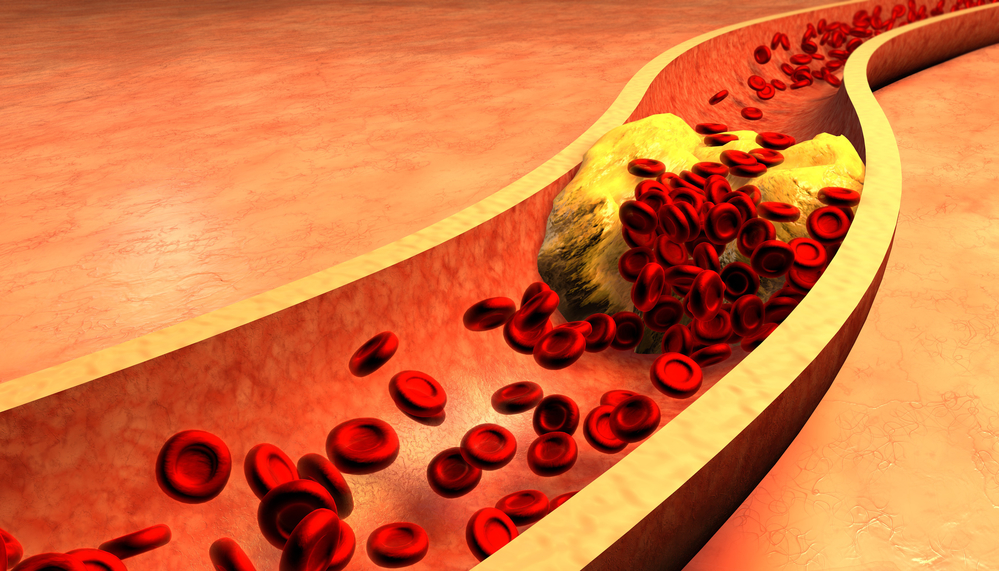- CLI is an unmet medical need whose treatment addresses a $12 billion global market
- Multinational study to be conducted in U.S. and Europe
- Estimated trial enrollment of approximately 250 patients
- Primary endpoint for BLA will be time to amputation and death
HAIFA, Israel, Aug. 02, 2016 (GLOBE NEWSWIRE) — Pluristem Therapeutics Inc. (PSTI) (PSTI), a leading developer of placenta-based cell therapy products, today announced that it has received positive feedback from the U.S. Food and Drug Administration (FDA) on the proposed Phase III trial of its PLX-PAD cells in the treatment of critical limb ischemia (CLI). This Phase III trial is intended to support a biologics license application (BLA).
The Phase III study is a double blind, randomized, placebo controlled trial in an estimated 250 patients with CLI Rutherford Category 5 who are unsuitable candidates for revascularization. Patients will be treated with 300 million cells or placebo, injected twice intramuscularly (IM), with the second dose administered two months after the first. The primary endpoint will be time to amputation and death (amputation free survival). Clinical sites will enroll patients in the U.S. and Europe. In parallel, the study protocol has been submitted as a single pivotal trial to European national competent authorities, following scientific advice from the European Medicines Agency (EMA), and approval is expected in the upcoming months. Pluristem’s intention is to utilize this 250 patient trial as a single pivotal trial to apply for regulatory approval in both the U.S. and Europe.
In Critical Limb Ischemia (CLI) fatty deposits block arteries in the leg, leading to greatly reduced blood flow, pain at rest, non-healing ulcers, and gangrene. Patients with CLI are at an immediate risk for limb amputation and death. With poor treatment options, CLI patients who cannot undergo revascularization procedures have a high unmet medical need.
“This is a significant leap forward for Pluristem, as we prepare to enter into a U.S. Phase III trial with our cell therapy for the treatment of CLI. There are few treatment options for this serious cardiovascular condition, which too often leads to amputation and death. We look forward to starting this trial by early 2017,” stated Pluristem Chairman and CEO Zami Aberman. “Concurrent with this U.S. FDA process, we are also moving the CLI indication forward in Europe and Japan. Our PLX-PAD cells address a $12 billion global market in the treatment of CLI.”
As part of its global strategy, Pluristem intends to conduct a pivotal trial in Japan in addition to the pivotal trial planned in the U.S. and Europe. Pluristem reached an agreement with Japan’s Pharmaceuticals and Medical Devices Agency (PMDA) on the protocol of a pivotal trial in 75 patients for PLX-PAD in CLI via Japan’s accelerated regulatory pathway for regenerative medicine. Pluristem’s strategic decision is to partner with a Japanese partner to conduct this study. In May 2015, the EMA’s Adaptive Pathways Pilot Project selected the PLX-PAD program for the accelerated pathway, which may lead to conditional marketing approval following a single successful pivotal study.
Previous studies of PLX-PAD in peripheral artery disease
The design of the Phase III study protocol is based on two successful Phase I trials in CLI. Patients in the Phase I studies were Rutherford categories 4 and 5, and not suitable candidates for leg revascularization. Data from the two Phase I studies showed a favorable safety profile and promising data on amputation free survival one-year post-treatment, improved tissue perfusion, and a reduction of ischemic pain at rest. An ongoing Phase II trial in intermittent claudication is expected to complete enrollment of its target of 170 patients by the end of 2016. Intermittent claudication is an earlier stage of peripheral artery disease that can precede CLI.
About Critical Limb Ischemia
In Critical Limb Ischemia (CLI), fatty deposits block arteries in the leg, leading to greatly reduced blood flow. This causes leg pain at rest, non-healing ulcers and gangrene. Patients with CLI are at high risk for limb amputation and death within a year of diagnosis. While some conservative treatments exist to relieve pain and provide local ulcer care, most patients will ultimately need a revascularization procedure. Many, however, are not suitable candidates for revascularization, and have high rates of major amputations (up to 40% at 6 months from diagnosis in patients with Rutherford category 4 or 5).
